The Real Estate Roundtable (RER) is deeply saddened by the senseless loss of the four individuals who were tragically struck down by a gunman on Monday in Midtown Manhattan. We mourn the loss of these brilliant professionals, dedicated public servants, and treasured family members and extend our deepest condolences to their families, friends, colleagues, and communities.
RER’s HSTF & RE-ISAC
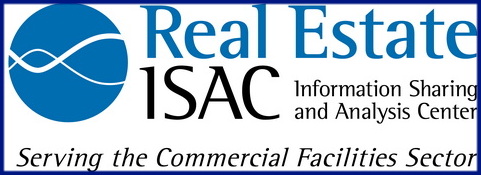
These longstanding partnerships are vital to strengthening public-private coordination and emergency preparedness.

Major changes to the federal tax code’s clean energy incentives, signed into law on July 4 by the One Big Beautiful Bill Act (OB3 Act), continue to generate questions regarding the future of building-related solar, storage, and similar projects.
Why It Matters
Executive Order Tightens Rules
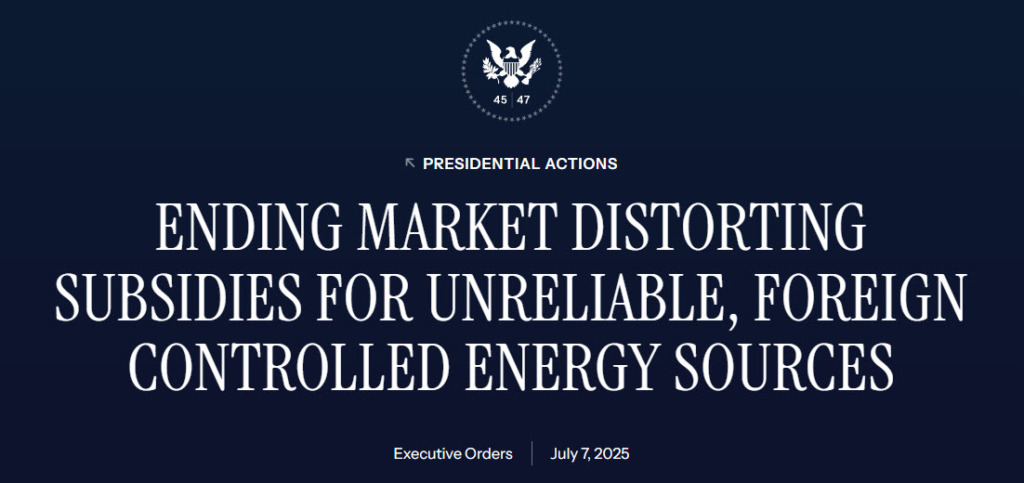
Market Impact
EPA Endangerment Finding
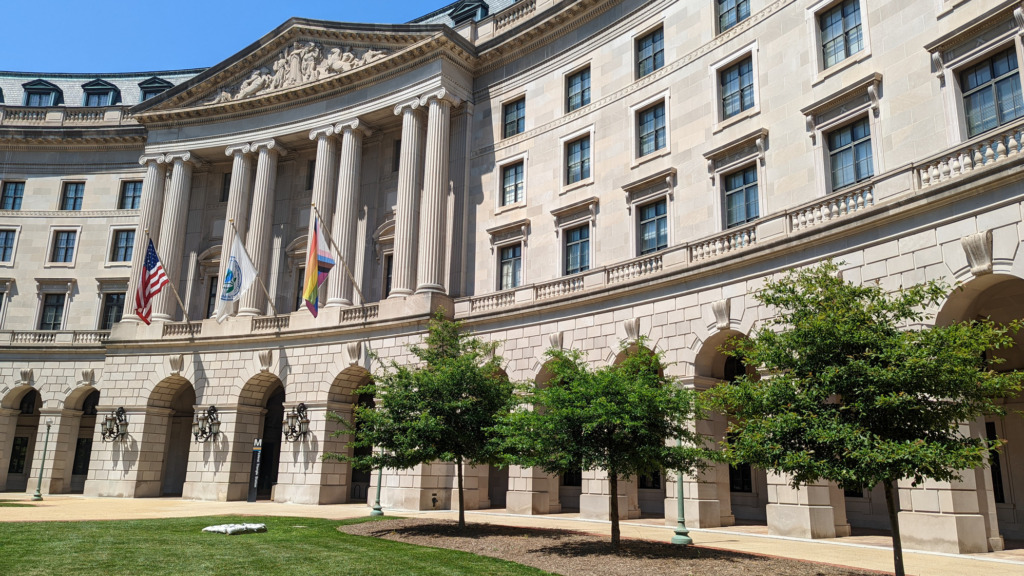
As regulatory guidance evolves, RER will continue advocating for clear, workable policies that support long-term real estate energy investments.
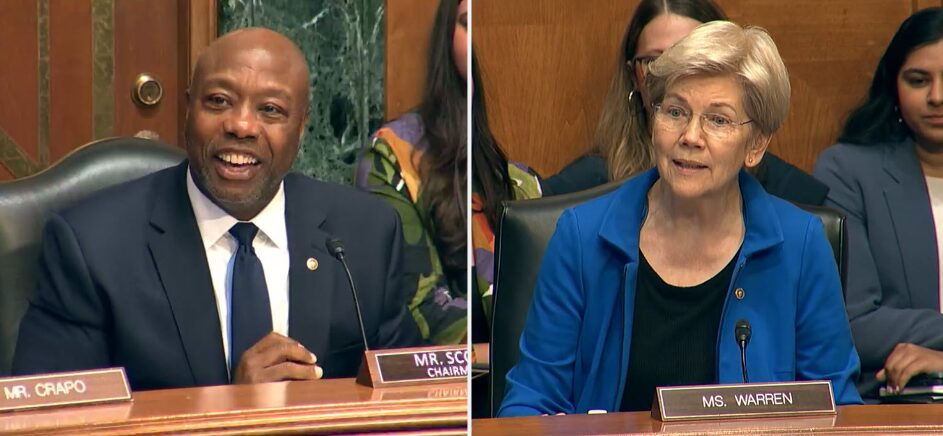
The Senate Banking Committee this week unanimously advanced the Renewing Opportunity in the American Dream (ROAD) to Housing Act of 2025, a sweeping housing reform package led by Chair Tim Scott (R-SC) and Ranking Member Elizabeth Warren (D-MA) aimed at addressing the housing crisis by expanding supply, improving affordability, and increasing oversight. It focuses on streamlining regulations, incentivizing construction, and supporting vulnerable populations like veterans and the homeless. The bill also seeks to modernize housing finance and disaster recovery programs. (Senate Banking Press Release, July 29)
Why It Matters
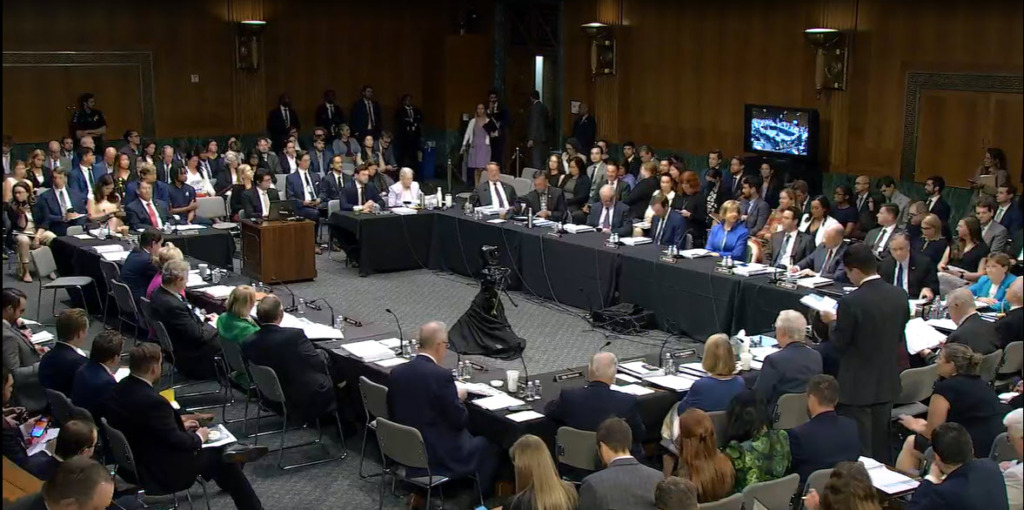
Key Provisions in the ROAD Act

RER continues to work with Congress and the administration to address housing affordability challenges and to advance policies that will expand housing supply and economic stability.

This week, the Federal Open Market Committee (FOMC) voted 9-2 to hold rates steady. Two Trump-appointed Fed governors, Michelle Bowman and Christopher Waller, voted against the decision, marking the first FOMC meeting since 1993 in which more than one board governor dissented from the majority.
The Fed's Decision
Implications for CRE

Looking Ahead
Chair Powell is expected to speak at the Jackson Hole Economic Symposium on August 22. With the labor market weakening, inflation holding steady, and political pressure mounting, the speech could offer hints about the likelihood of a rate cut in September. (Barrons, July 30)
The Roundtable’s policy news digest will resume publication on Friday, September 5, 2025
Recent issues of Roundtable Weekly can be searched by keyword here.